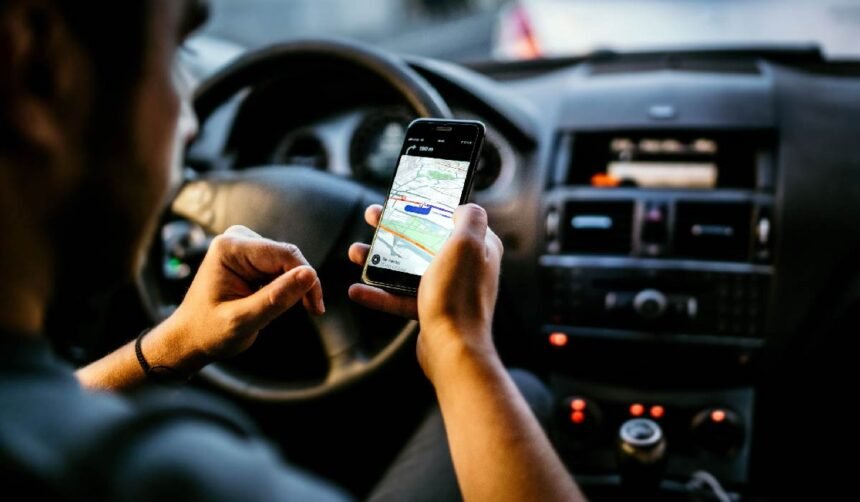In an increasingly connected world, GPS technology has evolved far beyond its original purpose of navigation. Once primarily used to guide drivers from point A to B, GPS trackers are now found in everything from vehicles to pet collars. This shift marks a broader trend in how we think about safety, security, and real-time monitoring—both for people and their prized possessions.
The Rise of GPS Trackers in Vehicle Security
The automotive sector was one of the earliest adopters of GPS tracking systems. As vehicle theft rates rose in many regions, car owners sought smarter, more efficient ways to protect their investments. GPS trackers offered a powerful solution: not only could they pinpoint a car’s location in real time, but they also enabled features like geofencing, route history, and movement alerts.
Today, GPS technology has become a crucial component of modern car security systems. Companies like PAJ GPS provide advanced tracking devices specifically designed for cars, allowing users to monitor their vehicle through a smartphone or computer. These devices can send instant alerts if a car is moved without authorization, enters or exits a designated area, or exceeds speed limits.
Such features are invaluable not just for private car owners, but also for fleet managers, car rental services, and logistics companies. By tracking vehicles in real-time, businesses can improve operational efficiency, reduce fuel costs, and minimize the risk of theft.
Keeping Pets Safe: GPS for Animals
While vehicle security remains a primary use of GPS trackers, pet owners have also begun to harness the technology to keep tabs on their furry friends. GPS pet trackers, often attached to collars, allow owners to monitor their dog or cat’s location via mobile apps. If a pet escapes from the yard or gets lost during a walk, these trackers can provide peace of mind—and in many cases, prevent heartbreak.
Some advanced pet trackers even include features such as activity monitoring, allowing owners to ensure their pets are getting enough exercise. For dogs that love to roam, GPS tracking is becoming an essential safety net.
The Technology Behind the Tracker
GPS trackers operate using a network of satellites that communicate with the device to triangulate its exact location. This information is then transmitted through cellular or radio signals to a receiver—typically a smartphone app or web-based platform. Many modern trackers include additional technologies like Wi-Fi positioning, Bluetooth, and even accelerometers to improve accuracy and functionality.
Battery life has also improved significantly, with some car trackers lasting for weeks or months on a single charge, and pet trackers becoming increasingly lightweight and compact.
Beyond Cars and Pets: A Tool for Everyday Life
The utility of GPS trackers doesn’t stop with cars and canines. Parents are using GPS-enabled smartwatches to keep tabs on their children’s whereabouts. Hikers and adventurers carry GPS devices as a safety precaution in remote areas. Even luggage now comes with built-in GPS to help prevent loss or theft during travel.
In the business world, asset tracking is another growing area. Construction companies use GPS to monitor expensive equipment on job sites, while retailers track the movement of high-value goods in transit.
Privacy Considerations
As GPS tracking becomes more widespread, it raises important questions about privacy. It’s crucial that tracking is used ethically and with proper consent—especially when it involves monitoring people. Manufacturers and users alike must be transparent about how data is collected, stored, and used.
The Future of GPS Tracking
As the Internet of Things (IoT) continues to grow, GPS trackers are likely to become even more integrated into everyday life. Whether it’s ensuring your dog doesn’t wander too far or protecting your car from theft, GPS technology is reshaping how we manage the things—and beings—we care about.
From vehicles to pets, GPS trackers are proving to be a versatile and invaluable tool. As technology improves, so too will the ways we can use these devices to enhance security, convenience, and peace of mind.









